Much has been made of California’s renewable solar electricity curtailments, as solar has become the state’s number one source of electricity.
Through the first five record-setting solar and battery months of 2025, 11.5% of California’s potential solar generation was curtailed to maintain grid balance. That’s down from 13% over the same period in 2024, marking a 12% decline in the curtailment rate. This progress came despite an 18% increase in total solar production.
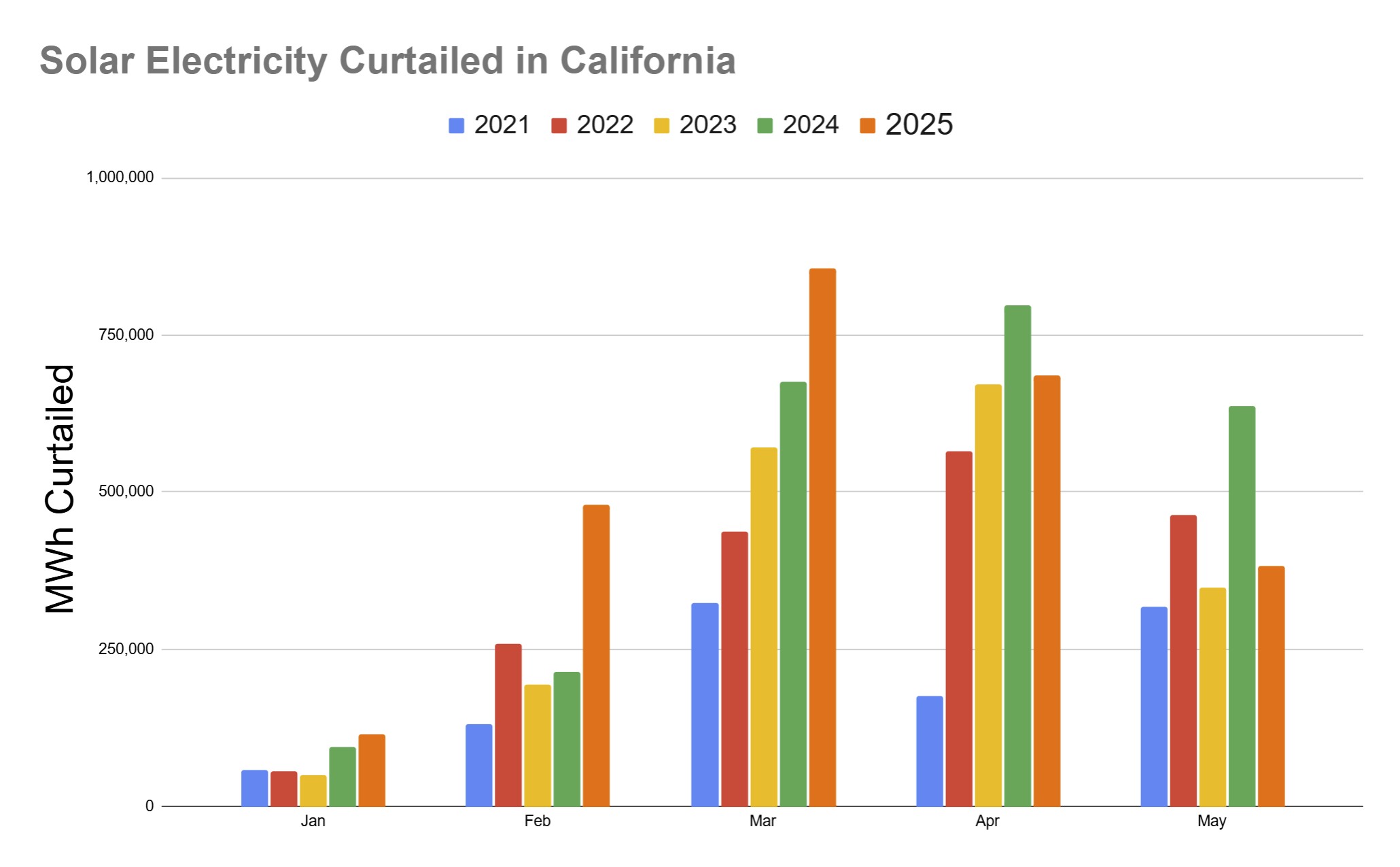
During this period, the total amount of solar electricity curtailment still increased by 4.1% in absolute terms. Most recently, the U.S. Department of Energy’s Energy Information Administration (EIA) reported a 29% increase in overall renewable curtailment in 2024 compared to 2023.
Even with some curtailment remaining, California’s grid was delivering more solar power than ever this spring.
This improvement is likely due to energy storage, as batteries charge from midday solar surpluses and discharge during the early evening peak demand and high price periods. Favorable weather has also boosted solar output, with analysis suggesting irradiance gains of up to 5% this spring.
According to the EIA, since the beginning of 2024 California has deployed 77 utility-scale energy storage facilities. Together, they total 4.79 GW of capacity and 16.39 GWh of storage (averaging 3.4 hours). As of April, the state reported 15.7 GW of utility-scale storage connected to the grid, likely averaging over three hours of duration, enabling more than 45 GWh of electricity to be stored.
CAISO data for March show the last week of the month accounted for most of the curtailment. On March 29th, curtailment spiked particularly high, with over 58,000 MWh of solar and 6,100 MWh of wind curtailed in a single day (April 20th with 61,000 MWh is the year’s highest curtailment day so far).
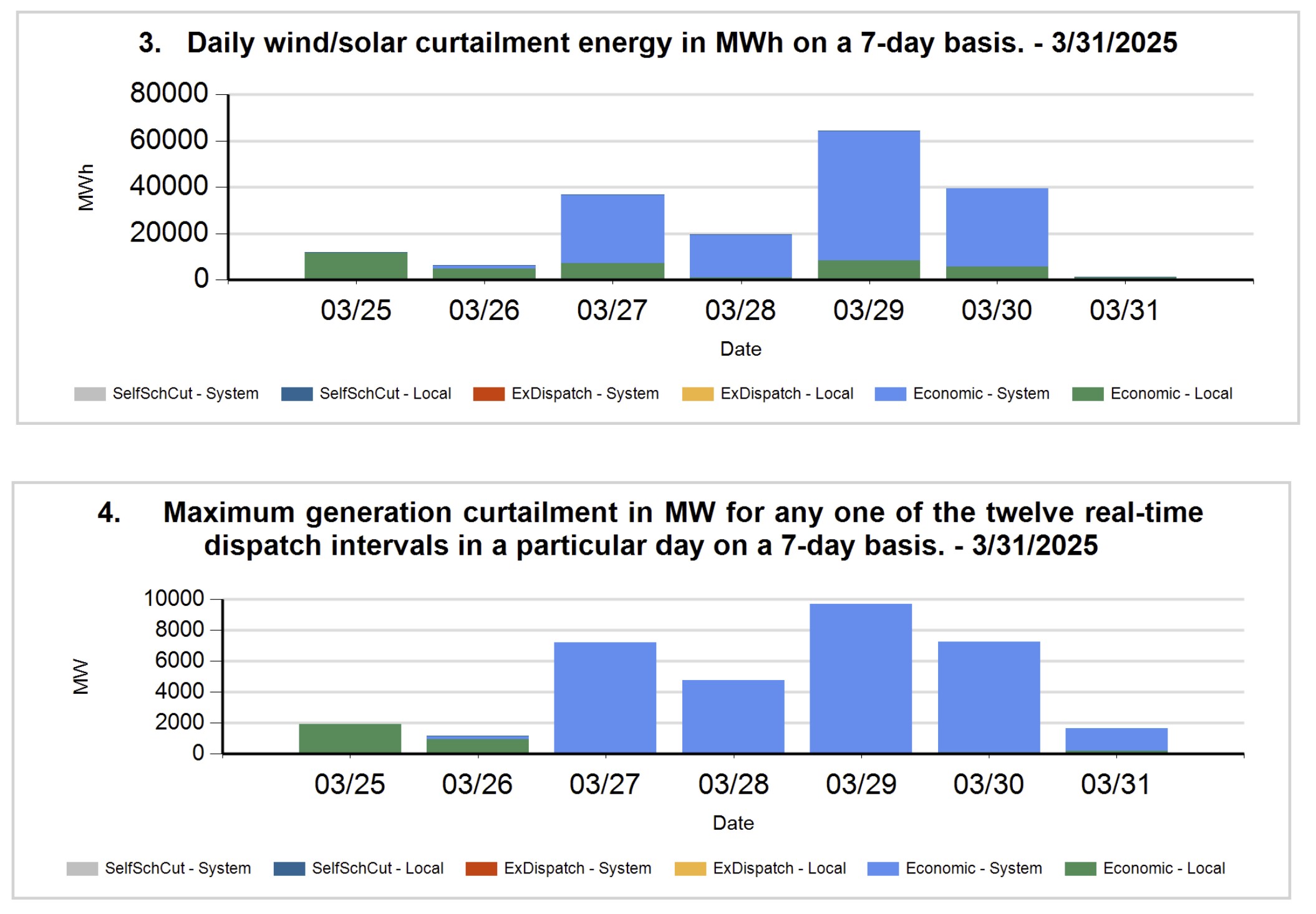
CAISO data shows that batteries absorbed over 38,897 MWh of electricity, mostly from solar, that day. Without storage, curtailment would have been 67% higher, or about 38% higher without new storage added since 2024.
Much analysis has focused on designing solar systems to maximize the value of abundant, cheap sunlight despite curtailment. One strategy is intentionally oversizing solar arrays to provide additional grid services. For example, First Solar has calculated that oversized solar can be financially viable by supplying ancillary services. Other studies have found that oversized solar, even with heavy summer curtailment, can be cheaper than seasonal storage resources in northern regions like Minnesota.
Now, after years of modeling by major players, 24-hour solar power plants are emerging in desert regions with ample fossil fuel resources. These developments are driven by a battery price collapse that began in 2023, continued through 2024, and is still dropping in 2025.
This content is protected by copyright and may not be reused. If you want to cooperate with us and would like to reuse some of our content, please contact: editors@pv-magazine.com.
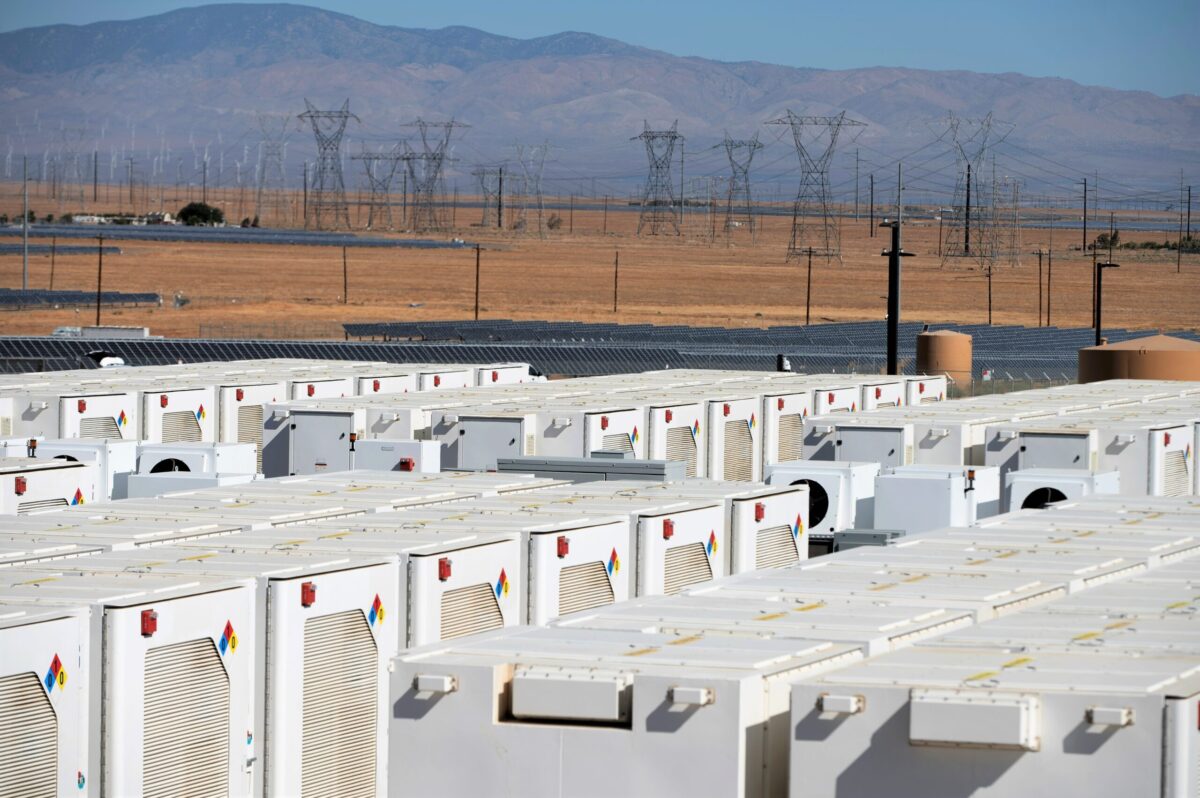
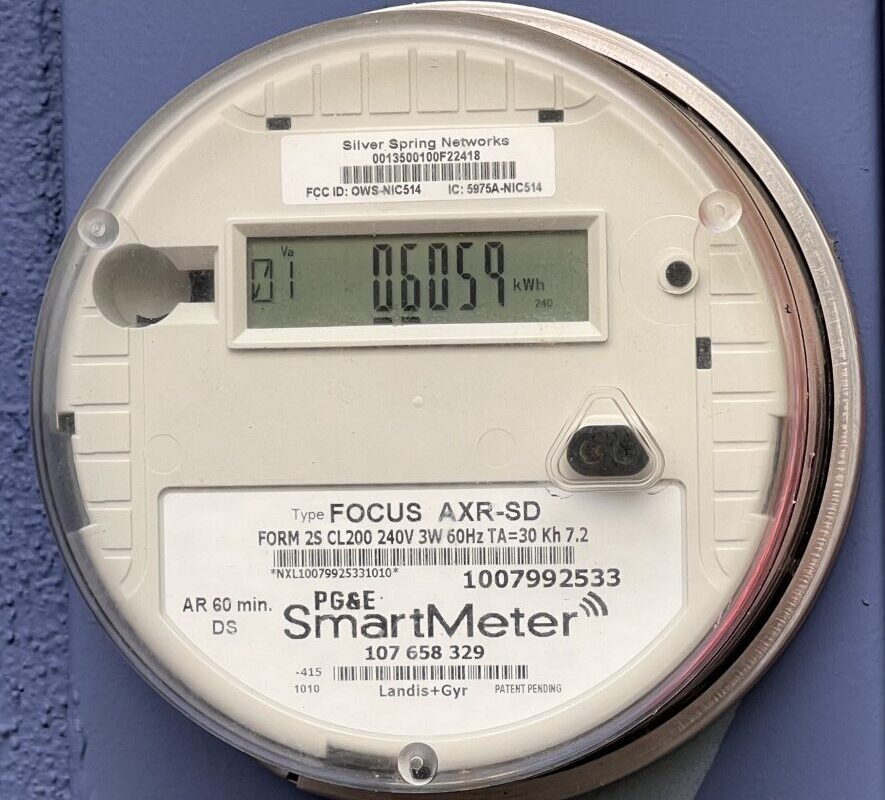

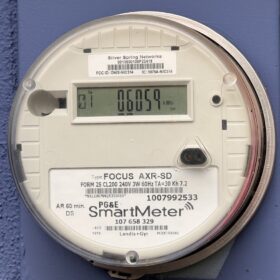
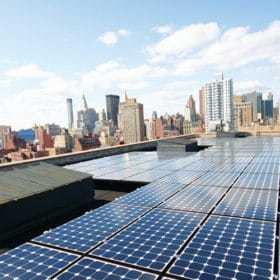
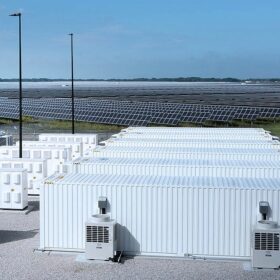


Thanks for this article. Still an unacceptable level of curtailments. I like to call them “undelivered renewable energy” instead of the utility jargon of dump or curtailment. Policy has dictated the levels of renewable energy society demands, and utilities are not delivering the product, even though it is ready willing and able to be used. Storage helps, yes. Amazon is a delivery company, if you order a product and it isn’t delivered (used), you get your money back.
This is a great illustration of why storage expansion is so key to a modern renewable grid. This energy all could be stored for peak demand hours instead of being wasted if there was enough storage available.
Because it doesn’t matter if you waste kwh of production. It matters if you waste dollars. In the spring, solar starts making a lot of power, but people aren’t airconditioning yet. You will want all that generation when they do, and seasonal storage might be more expensive than more solar. Storage you cycle every day can make a lot more than one you cycle a couple times a year. You might be better off with more solar that you waste sometimes.
Why doesn’t the curtailed electricity get used for hydrogen production?
Amazing